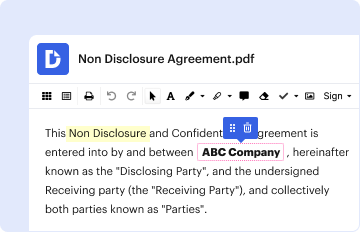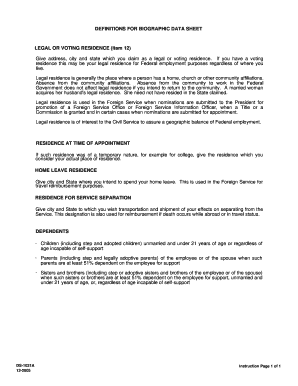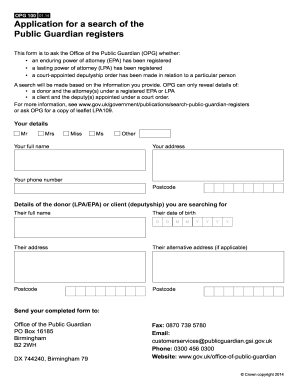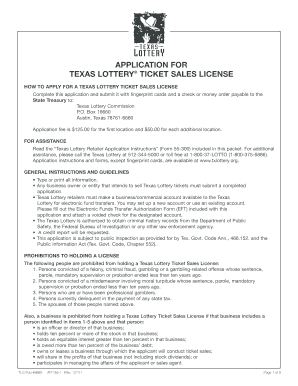Definition and Purpose of the Criminal Profile Template
A criminal profile template is a structured document that outlines the important information related to an individual’s criminal history, behavior patterns, and relevant demographic details. It is utilized primarily in law enforcement, legal proceedings, and psychiatric evaluations. This template organizes data systematically to assist investigators, psychologists, or legal professionals in understanding a suspect or offender's psychological profile, history, and potential risk factors.
Key Components of a Criminal Profile Template
- Personal Information: Includes name, age, gender, and address of the individual.
- Criminal History:
- Prior offenses (details and dates)
- Arrest records
- Convictions and sentences
- Demographic Information: Education, employment status, and family background can provide insights into the individual’s social environment.
- Behavioral Analysis: Notes on suspected motives, mental health evaluations, or history of substance abuse that impact criminal behavior.
The comprehensive nature of this document aids in generating an insightful overview that can be pivotal in investigations or legal assessments.
How to Use the Criminal Profile Template Effectively
To utilize the criminal profile template efficiently, it is crucial to gather accurate and relevant information directly from credible sources, such as law enforcement records and court documents. Proper usage involves several steps:
-
Data Collection:
- Collect all relevant information about the subject, ensuring accuracy and comprehensiveness.
- Use lawful means to acquire criminal records, adhering to privacy regulations.
-
Filling out the Template:
- Input data systematically into the designated sections of the template.
- Ensure that each entry is legible and clearly articulated, as this may be examined by multiple parties.
-
Review for Completeness:
- Cross-check the filled template against the original documents to validate accuracy.
- Make necessary adjustments to ensure no critical information is omitted.
-
Application of the Profile:
- Use the completed criminal profile to support investigations, legal arguments, or assessments.
- Ensure professionals involved are briefed on the context and intent behind the profiling.
Using this structured approach helps maintain the integrity and utility of the criminal profile template by creating a clear and concise record of essential information.
Important Steps to Complete the Criminal Profile Template
Completing a criminal profile template requires attention to detail and a structured approach. Here are the essential steps:
-
Identify the Subject:
- Write down the full name, date of birth, and any aliases the individual may have used.
-
Document Criminal History:
- Provide a comprehensive list of known offenses, including descriptions and dates.
- Note whether any offenses resulted in incarceration or plea bargains.
-
Include Personal Background:
- Detail the individual’s educational background and employment history.
- Mention family circumstances, including any known influences or patterns.
-
Capture Behavioral Tendencies:
- Document any known psychological evaluations or assessments relevant to criminal behavior.
- Note patterns of behavior, such as substance abuse or repeated offenses.
-
Review and Edit for Accuracy:
- Go through each section to confirm that all information is complete and accurately reflects the subject's background.
-
Finalize the Document:
- Save the document securely, ensuring that sensitive information is protected according to legal standards.
Following these steps will provide clarity and usability to the final profile, aiding law enforcement or legal analysts in their assessments.
Examples of Practical Usage of the Criminal Profile Template
The criminal profile template can be applied in various practical scenarios, each benefiting from a detailed understanding of an individual’s background. Examples include:
- Law Enforcement Investigations: Officers may utilize the template to compile a profile of suspected individuals, assisting in narrowing down investigations.
- Psychological Evaluations: Mental health professionals might use the template to assess the psychological state of offenders, helping in rehabilitation efforts.
- Legal Cases: Attorneys may refer to criminal profiles to build a defense or prosecution strategy, ensuring informed decisions based on an individual's history and tendencies.
- Behavioral Research: Academics studying criminal behavior can use aggregated profiles to identify trends and patterns within specific demographics.
These applications demonstrate how a structured approach to criminal profiling can enhance understanding and inform decision-making across various sectors.
Who Typically Uses the Criminal Profile Template
The criminal profile template finds wide-ranging use among various professionals. Its utility spans different fields, including:
- Law Enforcement Agencies: Detectives and investigators use the template to gather information for ongoing investigations.
- Legal Practitioners: Defense attorneys and prosecutors use profiles to construct arguments and present cases.
- Mental Health Professionals: Psychologists and psychiatrists create profiles as part of assessments for criminal behavior and evaluating threats.
- Educational Institutions: Researchers focusing on criminal psychology and sociology might use these templates for data analysis and studies.
- Social Services: Organizations working with individuals who have a criminal history may use profiles for rehabilitation and support planning.
This array of users highlights the importance of creating accurate and comprehensive criminal profiles, which can significantly impact investigations, legal proceedings, and therapeutic interventions.













